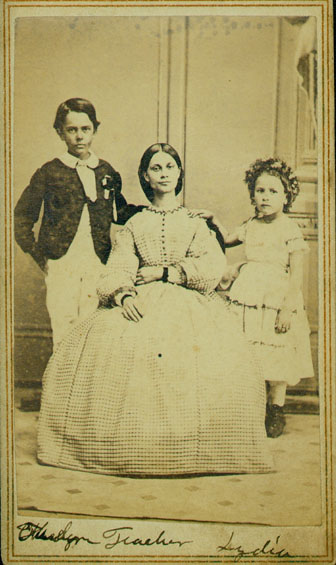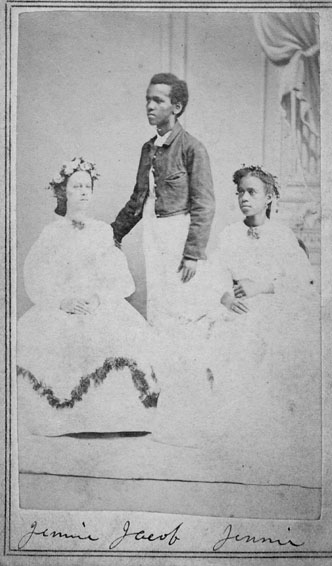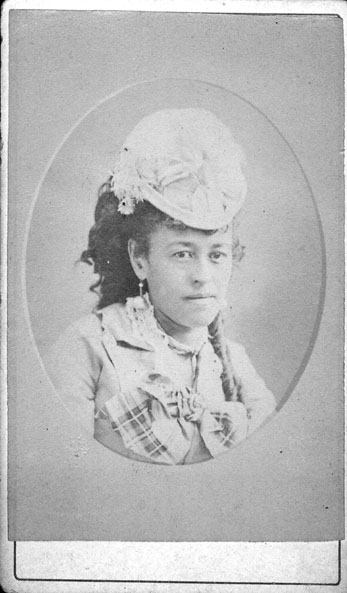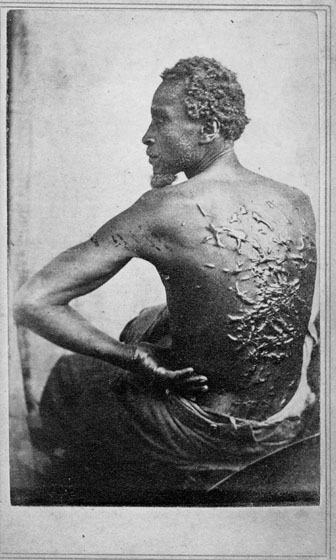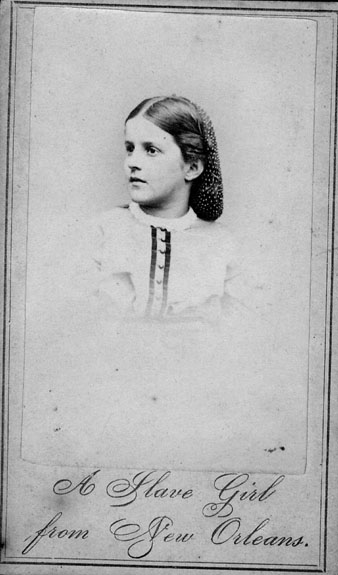Struggling to find a topic to research for upcoming papers? Maybe you just have a curiosity for military history in Asia, or early photographs depicting trans-Pacific exchanges that took place throughout the late 19th and early 20th centuries? In any case, the newly described Jerry Lee Harlowe collection housed in Special Collections is a must see!
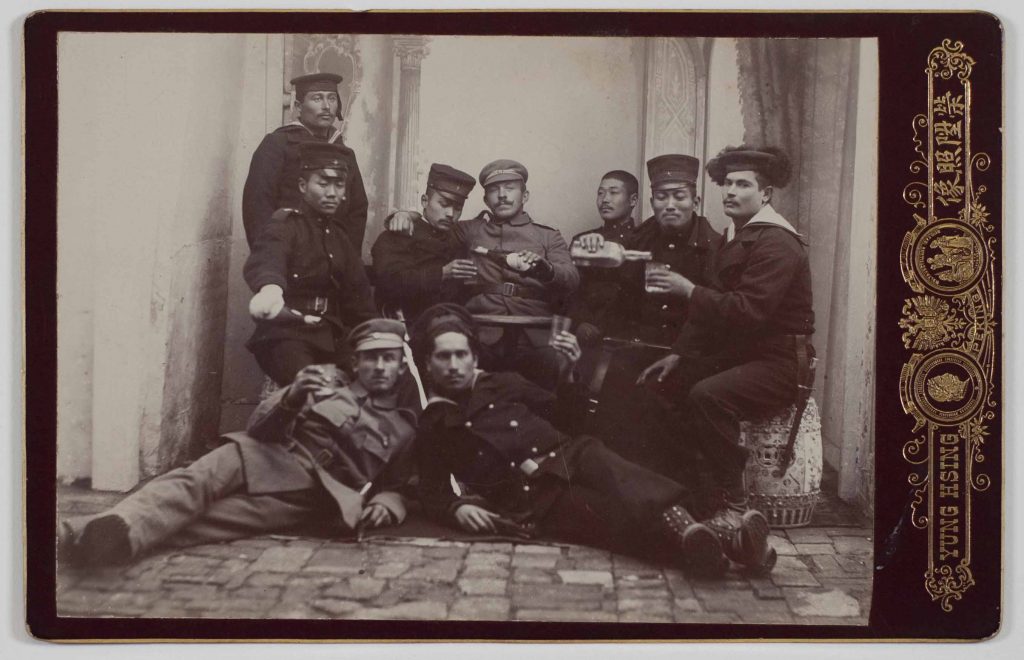
The Harlowe collection features an array of often rare cabinet cards, cartes-de-visite, and other photographs and memorabilia that acted as windows for Americans into what was then distant Asian cultures. The majority of these photographs were saved and collected as a result of the U.S. Naval operations, in both China and Japan, when servicemen sent them home, or collected them for albums. Other sources include the prominent missionaries working throughout these areas. Missions produced various images in support of their cause, and as teaching aids for conversion.
For military families, such photographs may have been their first time viewing traditional Asian clothing, modes of transportation, and cityscapes with temples, pagodas and elaborate gardens. Other photographs document the loss of family members, ship mates, and friends.
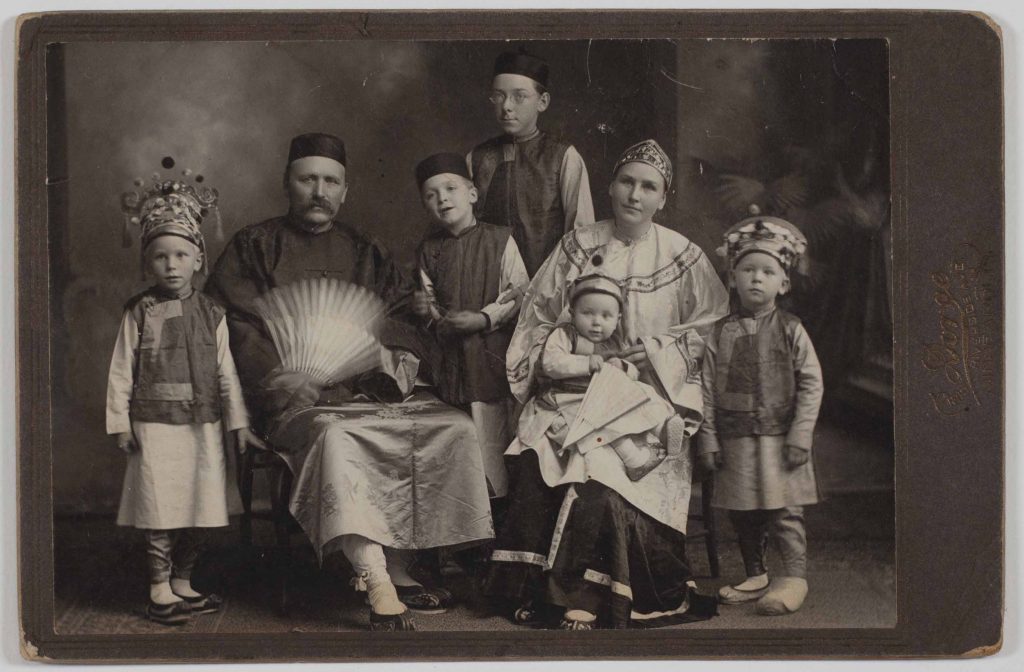
Images of missionary workers may have been sent back to their congregations and used to document their work. Many images depicted Bible verses and allegorical scenes, as well as studio portraits showing members dressed in traditional clothing of the area.
The Harlowe collection is rich in memorabilia documenting the aspects of naval life including the Boxer Rebellion, and Naval tours in Asia and Cuba. Some of the personal items included are postcards sent home for Christmas and other cards that highlight the various ships on which sailors were stationed. There is even a rare pamphlet for the Smoker Program. A “Smoker” was an informal gathering for men, and in this situation was for the men of the U.S. Fleet at Tsingtao, China. The event offered wrestling, boxing, and music.
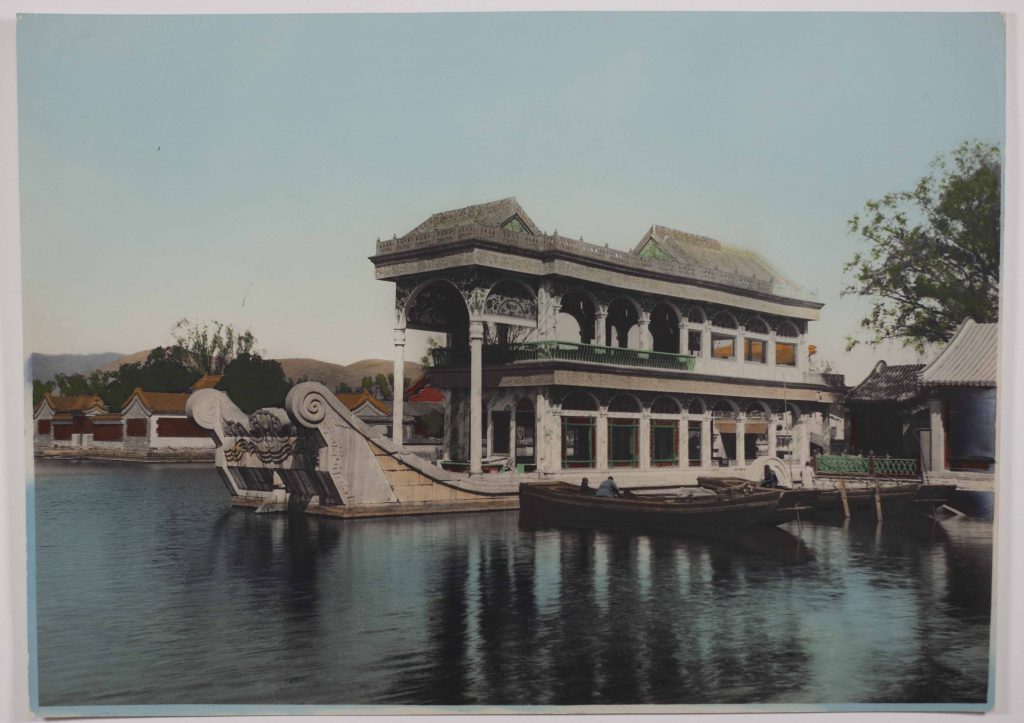
This is only the beginning as the collection also includes snippets of Asian life, industry, and various methods of corporal punishment, as well as controversial racist political satire indicating the period’s instability. Even pirates make an appearance.
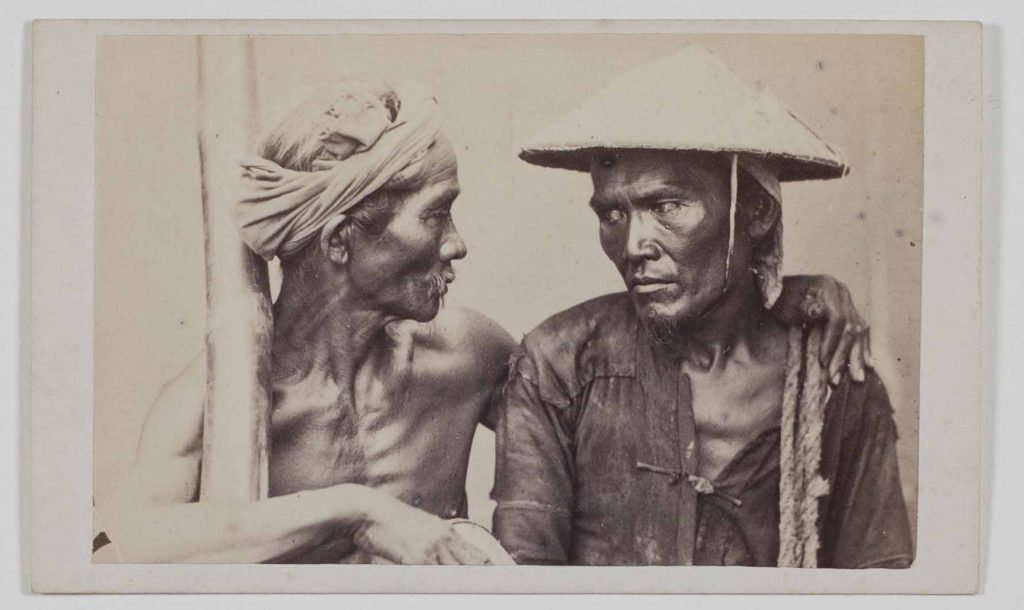
Having spent the majority of 2020 creating metadata and description for this collection, I can attest to the ease in which I’d fall down that rabbit hole I like to call research. These images leave you with a sense of wanting to know more. For example, the photograph of the “Cochin Chinese Pirates” was my favorite photograph. Why, when the very word pirate has illegal, even violent connotations, would they pose for a photograph? As they look towards each other, is that fear in the one man’s eyes or companionship? Other compelling images are the group portraits of troop members from different countries toasting together as comrades, and those of headstones and military cemeteries that no longer exist today. Many of these short clips of memory, precious enough to be recorded, exhibit a sense of humanity we tend to forget as they help to tell a more global history through the photographic record.
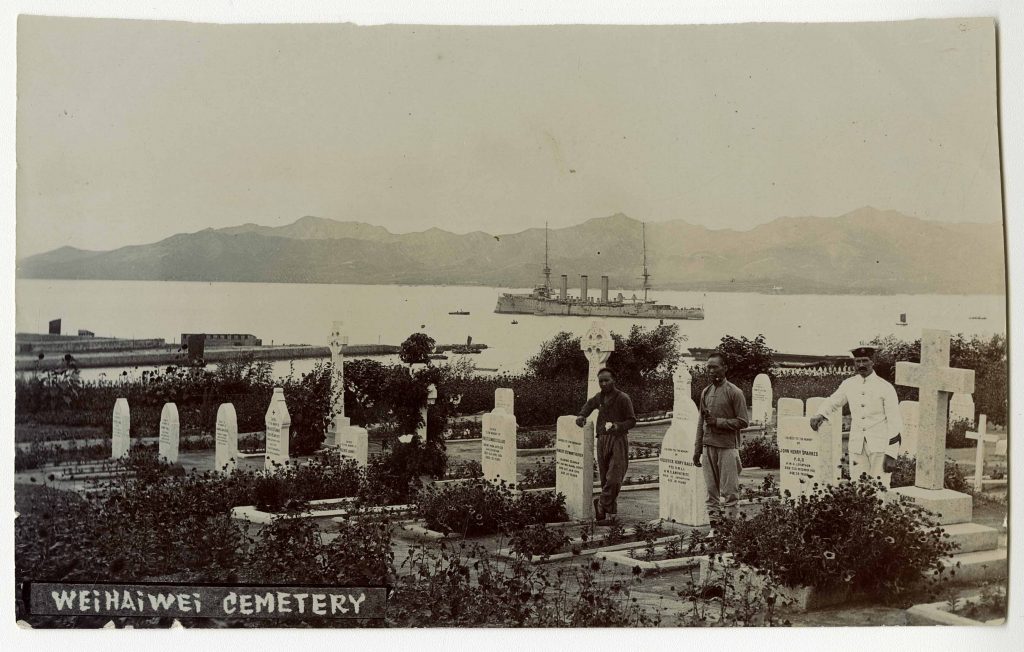
Jerry Lee Harlowe is a local historian, writer, and avid collector of historical photographs. He has written and edited several books and articles pertaining to his various historic and local interests including: Monitors: The Men, Machines, and Mystique, which tells the story of this innovative warship, and Vietnam Without a Dream, tales and memories of his time serving in Vietnam. Jerry Harlowe served with the U.S. Air Force at Pleiku Air Base in the Central Highlands of Vietnam. He continues to support groups for orphans of the Central Highlands, and has returned to the area numerous times over the years since in an effort to find his companion’s friends from their tour of duty. In the collection inventories, Harlowe has included brief notations for most photographs from his private research along with links for future researchers.
If this has sparked your interest, all of the photographs, records, and memorabilia in the Jerry Lee Harlowe collection can be viewed in the Special Collections reading room. The photographs can also be searched using the Special Collections Search bar on our homepage.
This post was written by Special Collections specialist Robin Martin ’08, ancient studies, and M.A. ’17, historical studies. Thank you, Robin!
